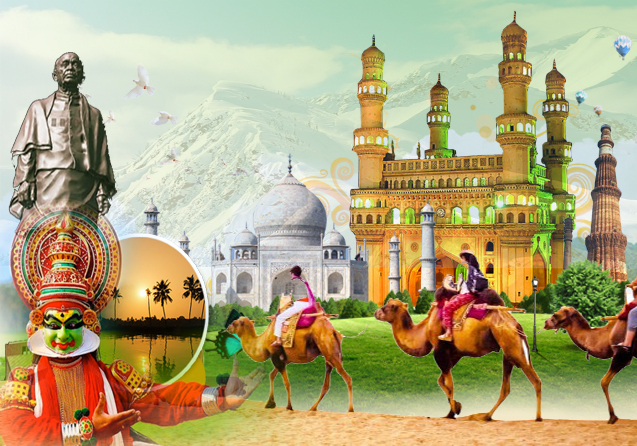
Tourism in India is important for the country’s economy and is growing rapidly. The World Travel and Tourism Council calculated that tourism generated ₹16.91 lakh crore (US$240 billion) or 9.2% of India’s GDP in 2018 and supported 42.673 million jobs, 8.1% of its total employment.[2] The sector is predicted to grow at an annual rate of 6.9% to ₹32.05 lakh crore (US$450 billion) by 2028 (9.9% of GDP).[3] In October 2015, India’s medical tourism sector was estimated to be worth US$3 billion, and it is projected to grow to US$7–8 billion by 2020.[4] In 2014, 184,298 foreign patients traveled to India to seek medical treatment.[5]
Over 10 million foreign tourists arrived in India in 2017 compared to 8.89 million in 2016, representing a growth of 15.6%.[6][7][8] Domestic tourist visits to all states and union territories numbered 1,036.35 million in 2012, an increase of 16.5% from 2011.[9] In 2014, Tamil Nadu, Maharashtra and Uttar Pradesh were the most popular states for tourists.[10] Delhi, Mumbai, Chennai, Agra and Jaipur were the five most visited cities of India by foreign tourists during the year 2015. Worldwide, Delhi is ranked 28th by the number of foreign tourist arrivals, while Mumbai is ranked 30th, Chennai 43rd, Agra 45th, Jaipur 52nd and Kolkata 90th.[11]
The Travel and Tourism Competitiveness Report 2019 ranked India 34th out of 140 countries overall. India improved its ranking by 6 places over the 2017 report which was the greatest improvement among the top 25% of countries ranked. The report ranks the price competitiveness of India’s tourism sector 13th out of 140 countries. It mentions that India has quite good air transport infrastructure (ranked 33rd), particularly given the country’s stage of development, and reasonable ground and port infrastructure (ranked 28th). The country also scores high on natural resources (ranked 14th), and cultural resources and business travel (ranked 8th).[12] However, some other aspects of its tourism infrastructure remain somewhat underdeveloped.[13] The nation has many hotel rooms per capita by international comparison and low ATM penetration.[14] The World Tourism Organization reported that India’s receipts from tourism during 2012 ranked 16th in the world, and 7th among Asian and Pacific countries.[15]
The Ministry of Tourism designs national policies for the development and promotion of tourism. In the process, the Ministry consults and collaborates with other stakeholders in the sector including various central ministries/agencies, state governments, union territories and private sector representatives. Concerted efforts are being made to promote niche tourism products such as rural, cruise, medical and eco-tourism.[16] The Ministry of Tourism maintains the Incredible India campaign focused on promoting the tourism in India.
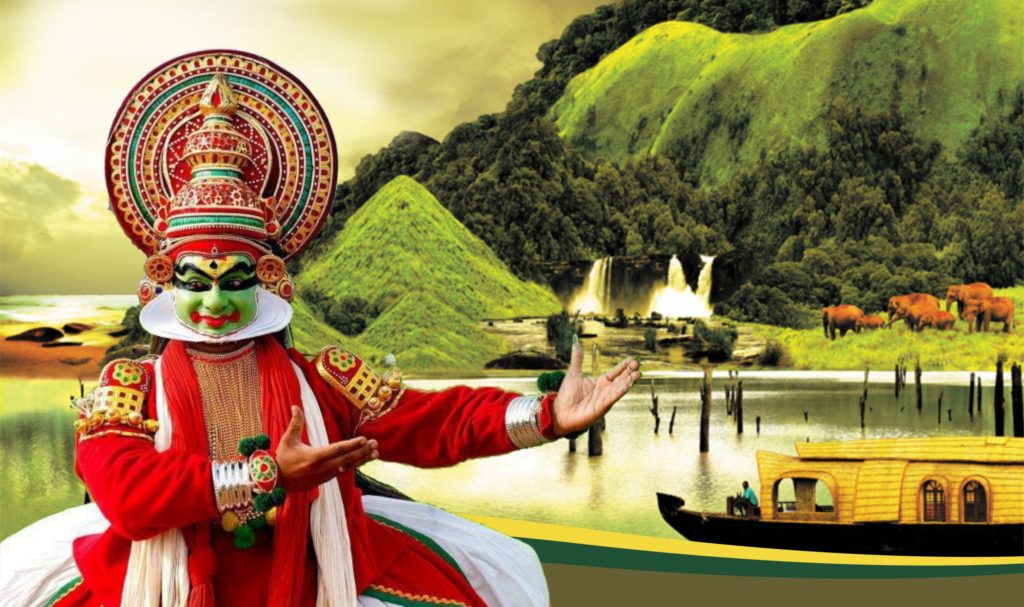
Kerala 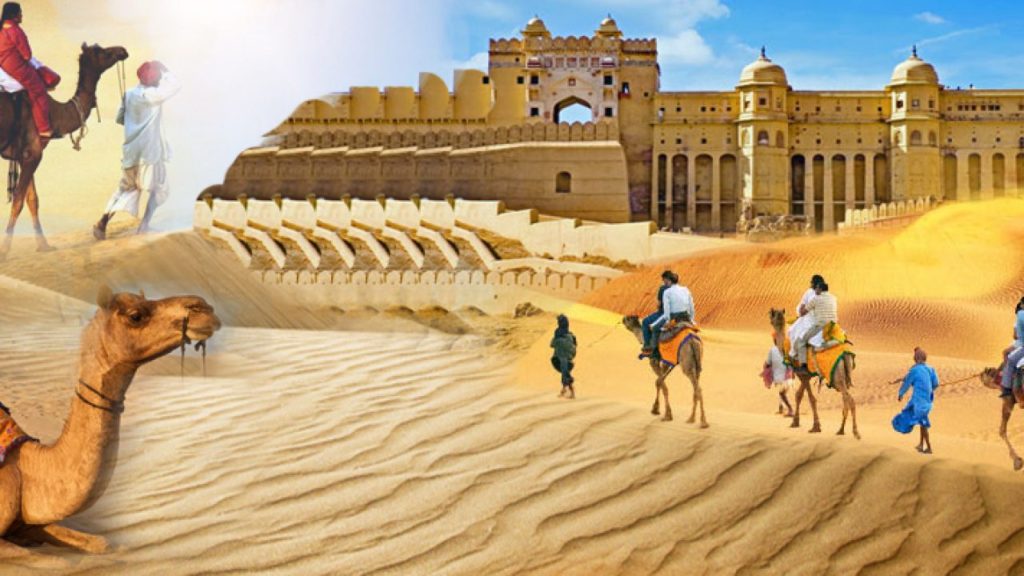
Rajasthan 
Mumbai 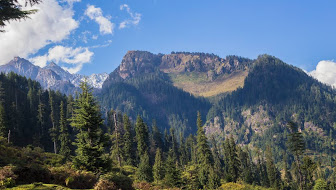
Himachal 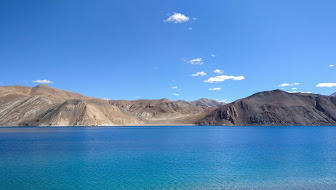
Leh 
Goa 
Delhi 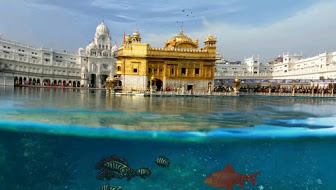
Amritsar 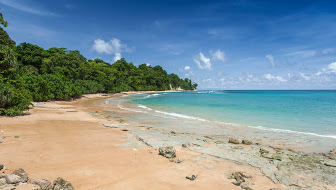
Andaman 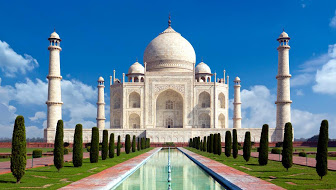
Agra 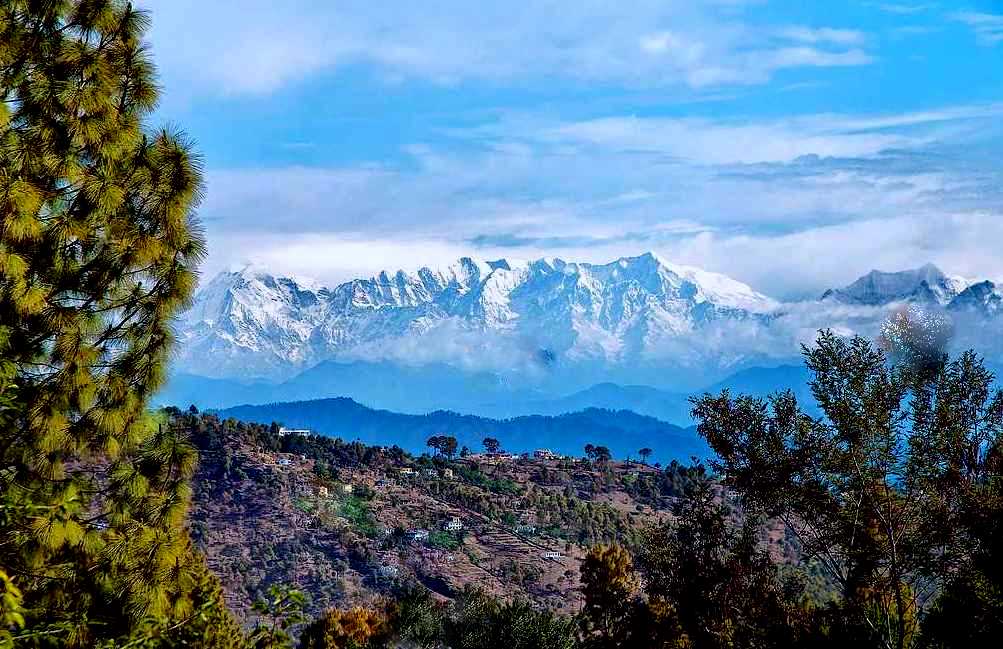
Uttrakhand 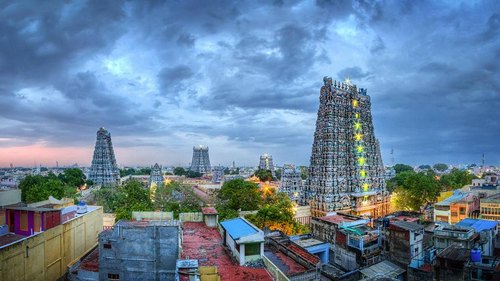
Madurai 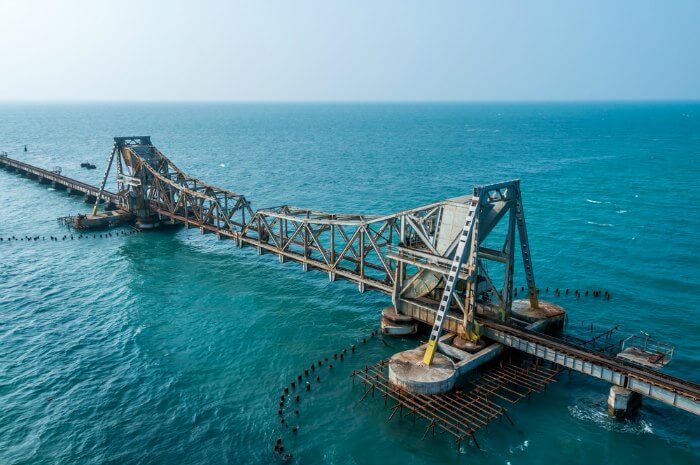
Raneshwaram 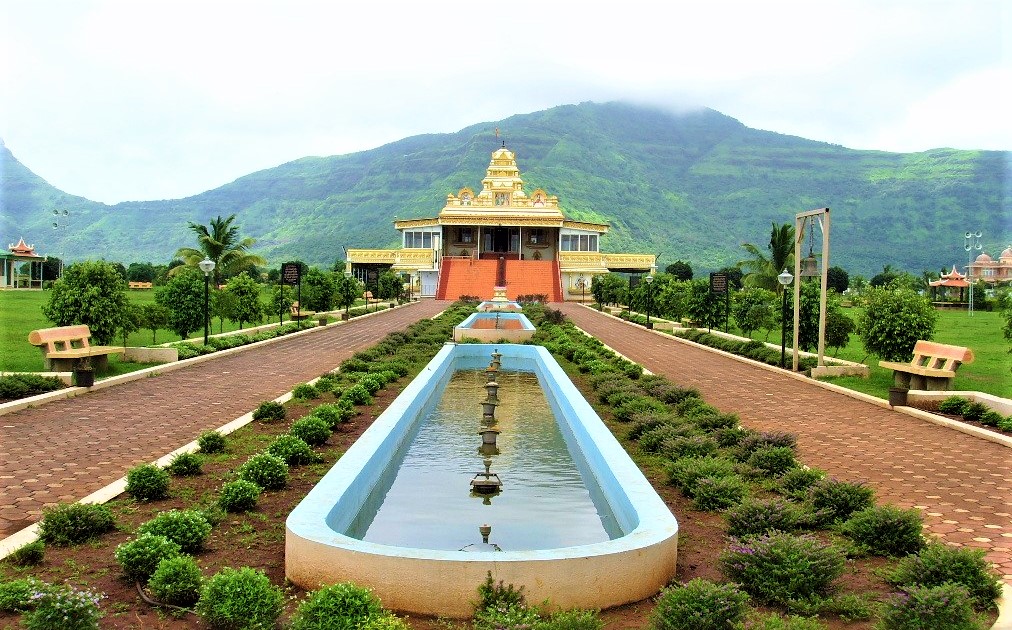
Shirdi 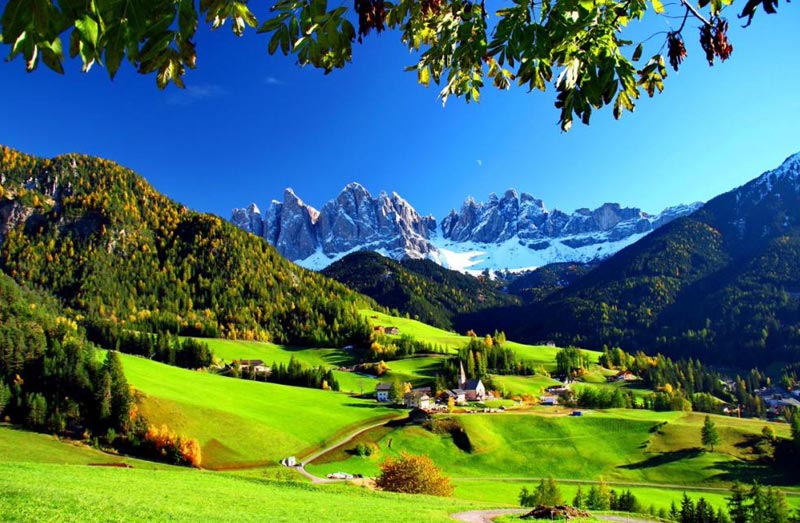
Darjeeling 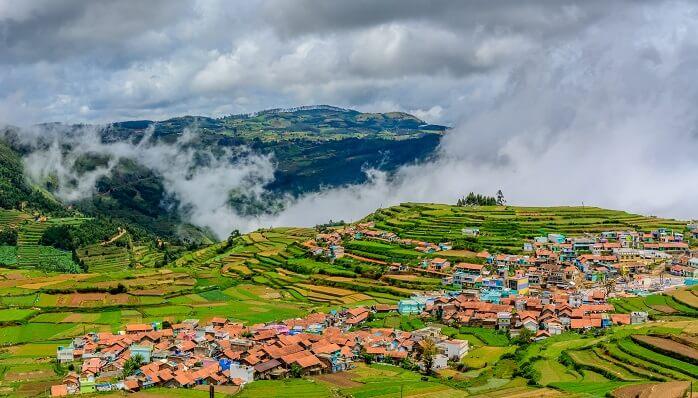
Ooty
